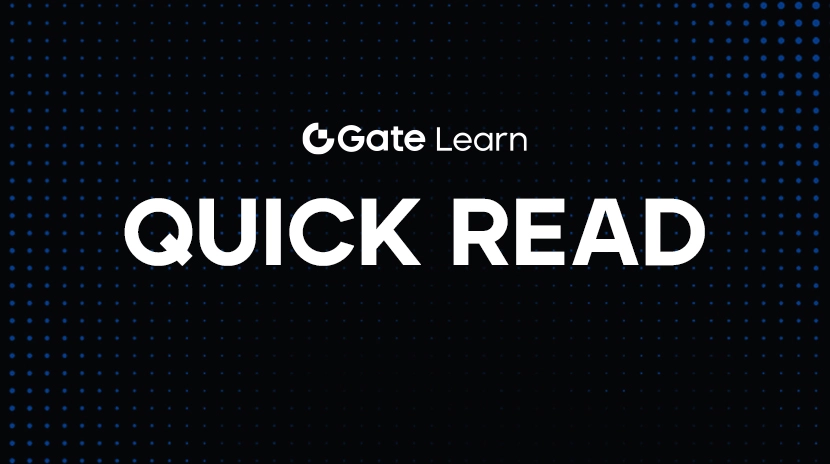Introduction to Quantitative Trading: Using Data and Algorithms to Navigate Market Volatility
What is quantitative trading
Quantitative Trading refers to a trading method that uses computer programs, statistical models, and a large amount of historical data to make investment decisions. Unlike traditional subjective judgments, quantitative trading emphasizes “data speaks,” transforming human intuition into repeatable mathematical rules.
In simple terms, quantitative trading automatically executes buy or sell orders based on predefined conditions by writing algorithms, avoiding emotional interference and enhancing trading efficiency.
How does quantitative trading work?
The process of quantitative trading generally includes the following steps:
- Strategy Research: By analyzing market data, constructing mathematical models, and looking for trading signals with positive expected returns;
- Strategy Backtesting: Using historical data to validate the strategy’s performance in past markets.
- Risk Management: Set risk parameters, such as maximum drawdown, position ratio, etc.
- Program Deployment: Implement strategy logic using programming languages such as Python, C++, Java, and connect to trading interfaces;
- Spot Trading: Deploy the strategy to the live account and execute orders in real time.
Common Quantitative Trading Strategies
Here are some common types of strategies that beginners can also understand:
- Momentum Strategy: Buy assets that have recently increased significantly, and sell assets that have decreased significantly.
- Mean Reversion Strategy: Perform a reverse operation when the price deviates from the average.
- Arbitrage Strategy: Utilizing the price difference between two markets for low-risk arbitrage;
- Machine Learning Strategies: Use models to identify complex patterns, such as neural networks, random forests, etc.
These strategies can be implemented and backtested using Python or specialized platforms.
Quantitative trading tools and platforms suitable for beginners
Beginner quant trading can start with the following tools and platforms:
- Gate Strategy Square: Provides automated trading strategies, suitable for digital asset quantitative traders.
- QuantConnect: Supports C# and Python, with a rich data source and open-source strategies;
- Backtrader: A backtesting framework written in Python, suitable for strategy validation and optimization.
- BigQuant: Chinese interface, supports “drag and drop” method to build strategies;
Related Articles

Pi Coin Transaction Guide: How to Transfer to Gate.io

What is N2: An AI-Driven Layer 2 Solution

Grok AI, GrokCoin & Grok: the Hype and Reality

How to Sell Pi Coin: A Beginner's Guide

Crypto Trends in 2025
